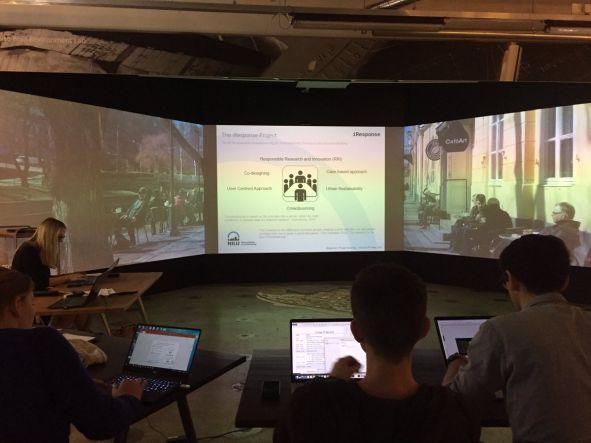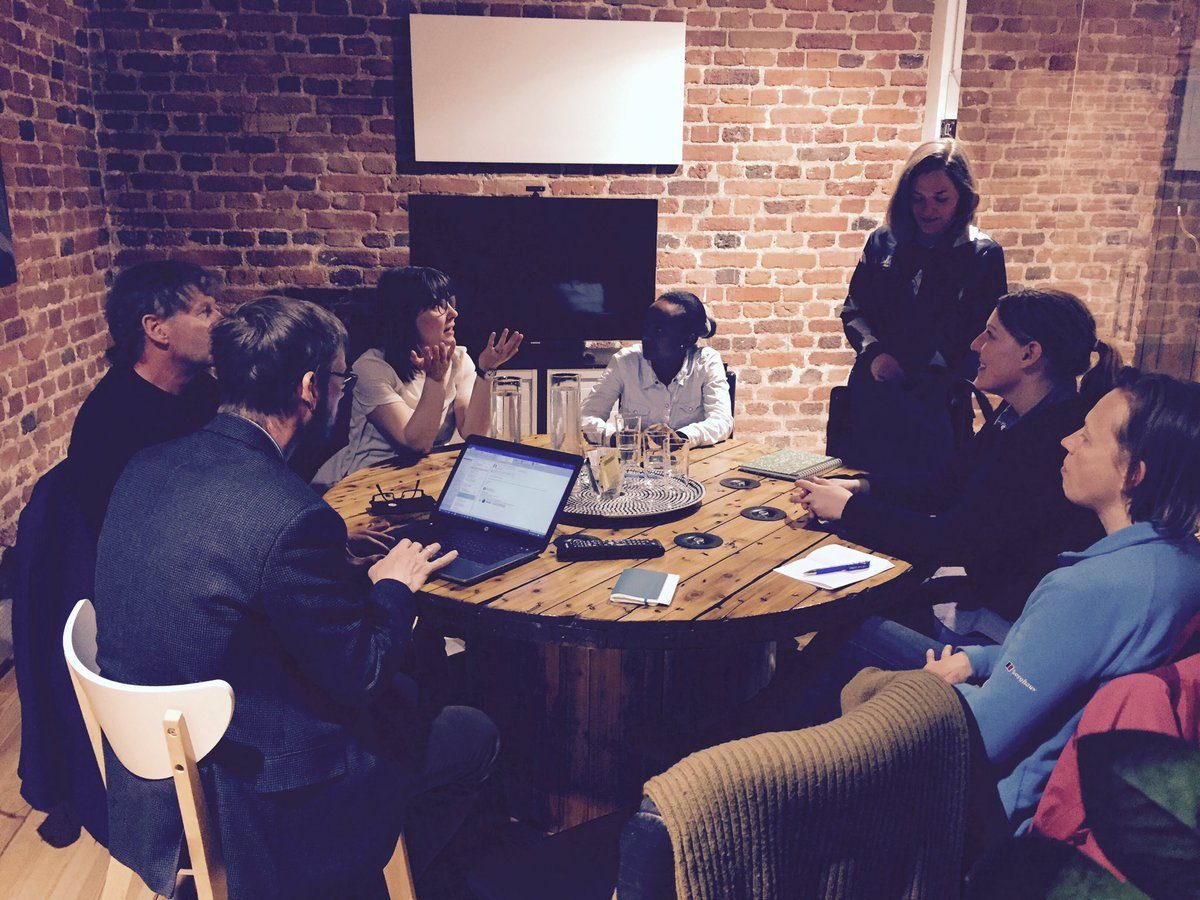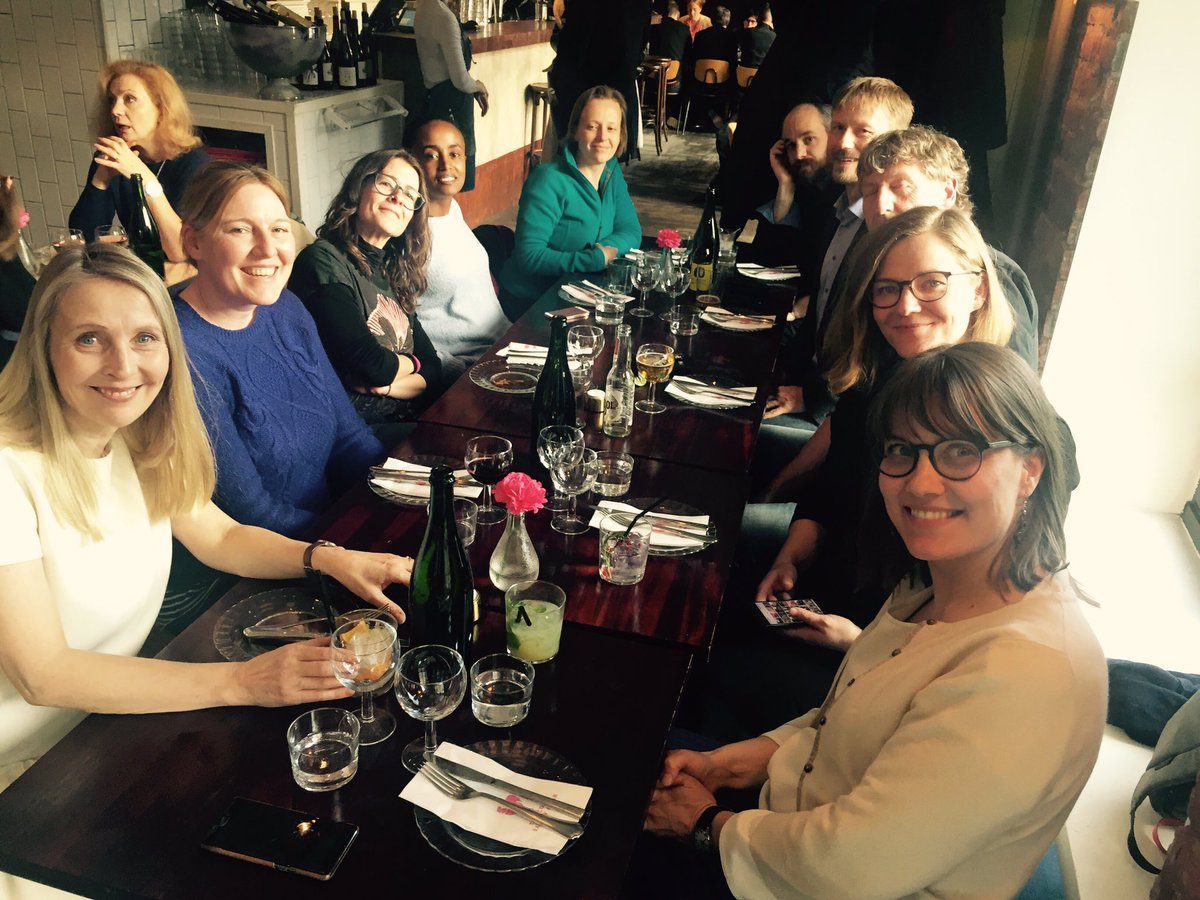Lessons learned; a reflective stop in the path
The iResponse team reunited on 9th and 10th of May in Helsinki to address the lessons learned so far, and how we will adjust our remaining path towards the end of the project. Our reflection was moreover supported by the exchange of experiences with urban planners in Helsinki City at a workshop focusing on citizen participation in urban planning processes.

Photo: The iResponse consortium at ABE _ Aalto Built Environment Laboratory in Urban MIlls (S.Lopez-Aparicio)
When Designing and Developing
One of the objectives of the iResponse project is to develop two ICT-based tools and methods to address urban environmental challenges (stormwater and emissions from wood burning) based on citizen participation. The following aspects of the process are highlighted:
* When designing a tool/process, opening for comments, feedbacks and contributions among relevant actors and citizens contribute to the improvement of the original idea. This co-creative process helps towards creating ownership and interest in the activity among the actors. However, is every contribution equally useful? Who are the most relevant contributors?
* When bringing a prototype to its operational state, allow yourself good time for testing. Bugs-free products tend to be a miracle.
* Having a crowdsourcing tool does not mean that you have crowdsourcing, neither participation. A promotion plan is needed and it will involve hard work to achieve the acceptable participation for the purpose of your study. Be patient.

Part of the iResponse team summing up @Maptionnaire (Photo: S. Lopez-Aparicio)
What about participation?
* Participation is a huge challenge, both regarding involving stakeholders and citizen participation.
* One of the more crucial steps in a participatory process is the design of a dissemination and promotion plan targeting at participation.
* A dissemination plan that consists of a broad spectrum of methods may be more successful that the plan designed around one unique media. Among the promotion methods are the use of social media, newspapers, distribution of hard copies announcements, personal handling of leaflets, posters, contacting networks as middle agents, etc.
* What is successful participation? Participation rate? Diversification? Representativeness? Pre-define it based on the aim of your study.
* Are the challenges different when involving different types of stakeholders in citizen participatory processes? e.g. urban planners versus environmental advisors ?
Beware of the data collection
* Try to combine different methods for the data collection to see what works best and/or how they complement each other.
* Beware of the resources and skills needed to analyse big data.
* Open fields for free text provide very useful information and are essential sources of input data. However, the data analysis is more demanding as great part of the analysis involve manual handling.
Positive impacts from our crowdsourcing activities are identified, as creating awareness about environmental issues and knowledge transfer.
We have achieved an important milestone, which will define the coming directions of the project.
...................................................
About the Author: Susana López-Aparicio is the project leader of the iResponse project. She is a senior scientist at NILU working on urban sustainability, and contributing from the field of air pollution and emissions. She is interested in new ways of working.
Twitternick: @SuLopezAparicio
